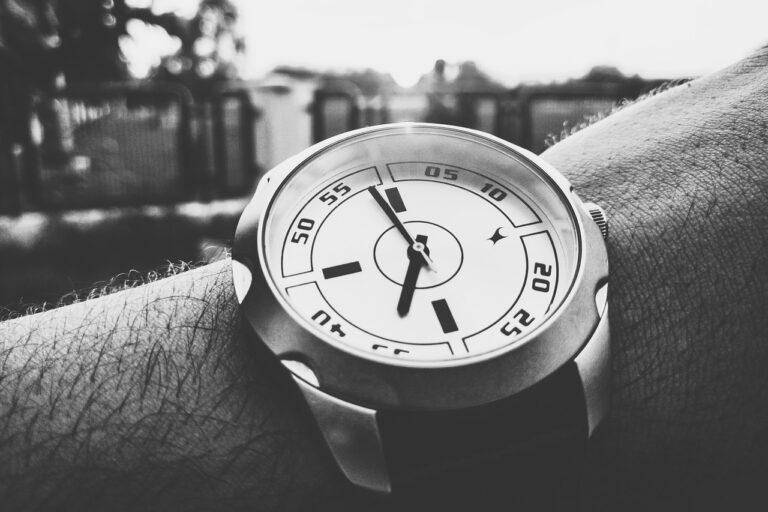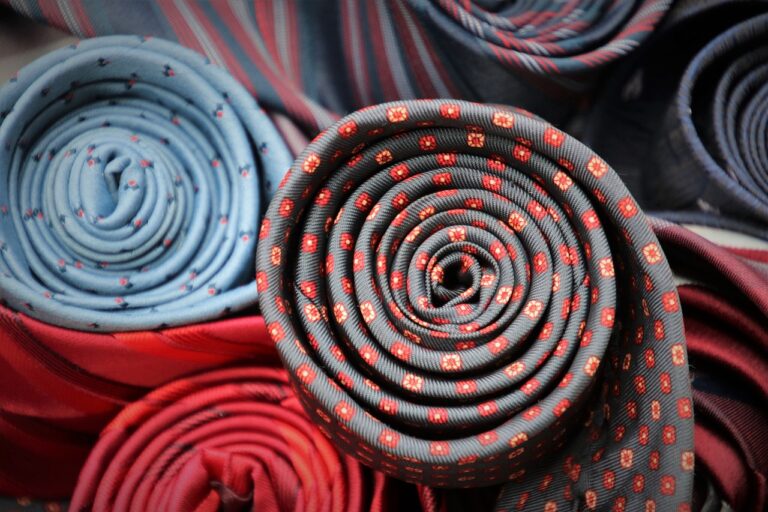Fashion and Film: Costumes That Defined Decades
Marilyn Monroe’s iconic white dress in “The Seven Year Itch” has become synonymous with glamour and classic Hollywood style. The scene where Monroe’s character stands over a subway grate, with the dress billowing up around her, is one of the most famous moments in cinematic history. The dress, designed by William Travilla, perfectly captured Monroe’s undeniable charm and sensuality, solidifying her status as a timeless fashion icon. Monroe’s effortless elegance in this scene continues to inspire fashion trends to this day, showcasing the enduring appeal of classic Hollywood glamour.
• The iconic white dress was made of rayon-acetate blend fabric
• William Travilla designed the dress specifically for Monroe’s character in the film
• The scene where Monroe stands over the subway grate was shot multiple times to get the perfect shot
• The dress sold at auction for $4.6 million in 2011, making it one of the most expensive pieces of Hollywood memorabilia ever sold
Audrey Hepburn’s Little Black Dress in “Breakfast at Tiffany’s”
Audrey Hepburn’s iconic little black dress in “Breakfast at Tiffany’s” has become a timeless symbol of elegance and sophistication in the world of fashion. Designed by Hubert de Givenchy, the sleeveless dress features a classic boat neckline and a simple silhouette that perfectly embodies Audrey’s chic style throughout the film.
The beauty of the little black dress lies in its versatility and timelessness. Audrey Hepburn’s character, Holly Golightly, effortlessly showcases how a single piece of clothing can exude both glamour and simplicity, making it a staple in every woman’s wardrobe. The dress’s understated yet powerful presence in the film solidifies its status as a fashion staple that will continue to inspire designers and fashion enthusiasts for generations to come.
John Travolta’s White Suit in “Saturday Night Fever”
John Travolta’s white suit in “Saturday Night Fever” remains an iconic symbol of disco fashion. The sleek, tailored suit perfectly captured the essence of the 1970s nightclub scene, making Travolta’s character, Tony Manero, a style icon for generations to come. The suit’s crisp white color and wide lapels exuded confidence and charisma, reflecting the character’s desire to stand out on the dance floor amidst the pulsating lights and lively beats.
The white suit not only defined Tony’s flashy persona but also represented his aspirations for success and escapism from his mundane life in Brooklyn. It became synonymous with the film’s themes of liberation, self-expression, and the pursuit of dreams against the backdrop of the disco era. Travolta’s electrifying dance moves paired with the striking white suit created a visual spectacle that continues to captivate audiences and inspire fashion trends to this day.
What is the significance of John Travolta’s white suit in “Saturday Night Fever”?
The white suit worn by John Travolta’s character in “Saturday Night Fever” has become iconic and symbolizes the disco era of the 1970s.
Did John Travolta’s white suit in “Saturday Night Fever” influence fashion trends?
Yes, the white suit worn by John Travolta in “Saturday Night Fever” had a significant impact on fashion trends at the time, with many people emulating his style.
Where is John Travolta’s white suit from “Saturday Night Fever” currently located?
The white suit worn by John Travolta in “Saturday Night Fever” is currently housed in the Smithsonian National Museum of American History in Washington, D.C.
How did John Travolta feel about wearing the white suit in “Saturday Night Fever”?
John Travolta has expressed fond memories of wearing the white suit in “Saturday Night Fever” and has stated that it helped him get into character for the film.
Has John Travolta’s white suit in “Saturday Night Fever” been replicated in other media or pop culture?
Yes, John Travolta’s white suit in “Saturday Night Fever” has been replicated and referenced in various forms of media and pop culture, further solidifying its iconic status.







